It’s time for some cranberry, pumpkin, apples, and everything spiced! Sweater season is here which means we’re hungrier than ever. Want to know what food to cook this Fall? Keep on reading!
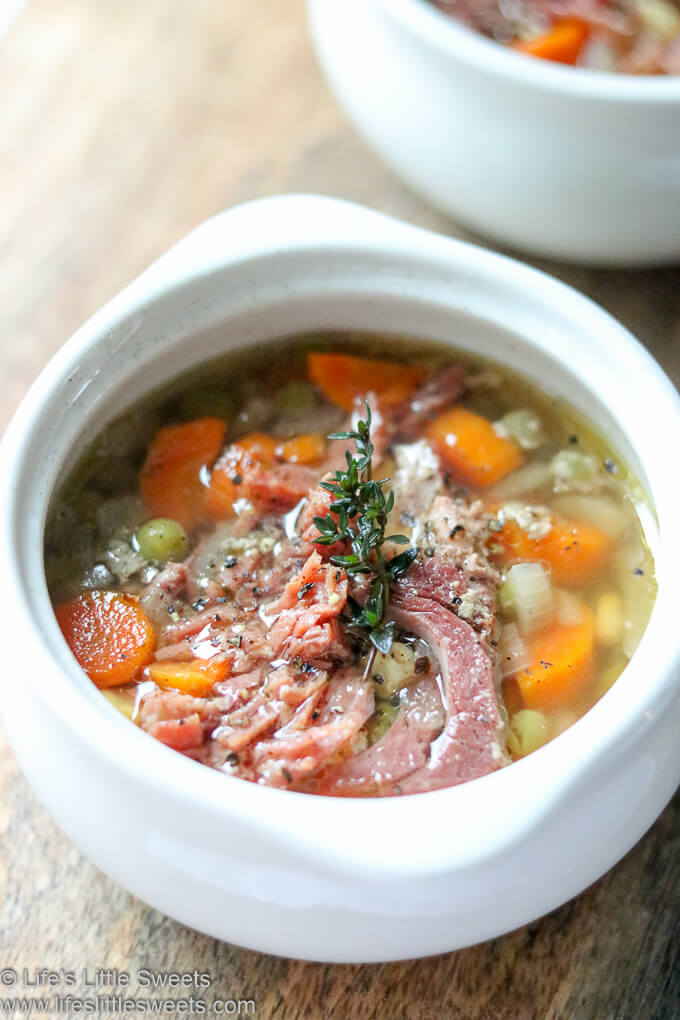
Omnivore loving vegan, gluten-free & beverage recipes

Fall Food Lists Recipes By Season
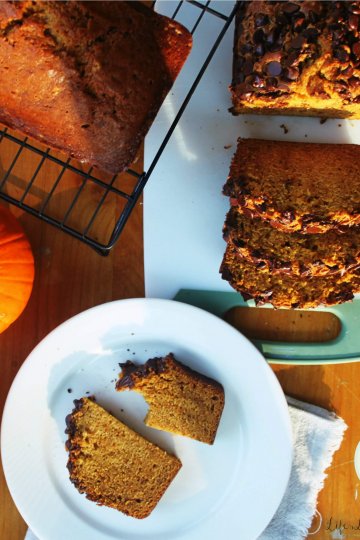
Any Season April August breads brunch recipes December Desserts Entertaining Fall February Food January July June March May November October Recipes Recipes by Diet Lifestyle Recipes By Month Recipes By Season September Spring Summer Sweet Vegetarian Recipes Winter
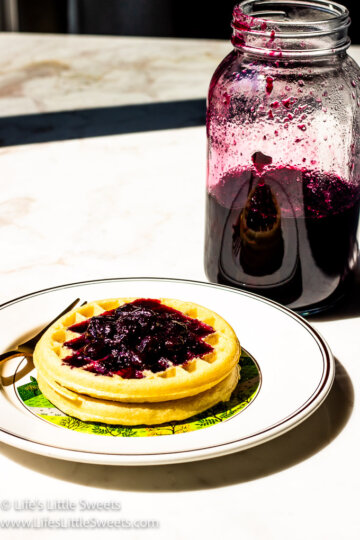
Any Season April August December Events Fall February Food January July June March May Northeast November October Recipes by Diet Lifestyle Recipes By Month Recipes By Season September Spring Summer Summer Solstice Sweet toppings USA Region Vegetarian Recipes Winter

Desserts Food July June Popular Recipes Recipes Recipes by Diet Lifestyle Recipes By Month Recipes By Season Summer Sweet Vegetarian Recipes
Life’s Little Sweets celebrates seasonal cooking and local food pathways. Find inspiration from farms, CSAs, and home gardens with recipes that highlight fresh ingredients, community, and the joy of cooking through the seasons. Continue Reading
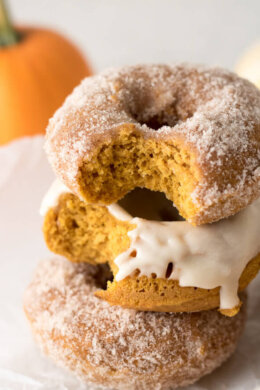
It’s time for some cranberry, pumpkin, apples, and everything spiced! Sweater season is here which means we’re hungrier than ever. Want to know what food to cook this Fall? Keep on reading!
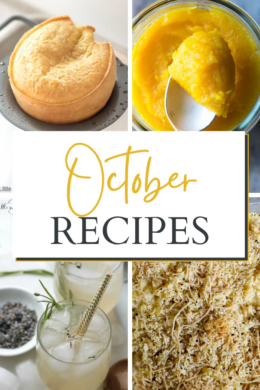
October means fall is upon us. This might be the season that you’re craving for some warm pies, pumpkin bread, and cold drinks — like wine for example. Or simply just some coffee or tea for those who don’t want to go in the alcoholic route.

Are you looking for some refreshing drink to beat out the hot summer heat or do you just want to try a few new dishes on the grill for July?
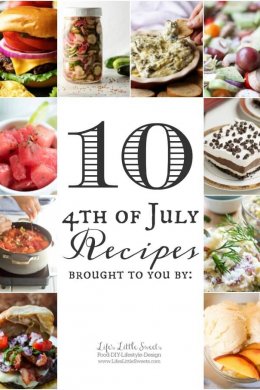
Here are 10 4th of July Recipes! We got you covered from savory family style main dishes, sides to sweet dessert options. *This post was originally published on 7/2/2018 and updated 6/23/2019 Hello Everyone! Independence Day, better known as 4th of July is upon us, so what are you making for this classic American holiday?...

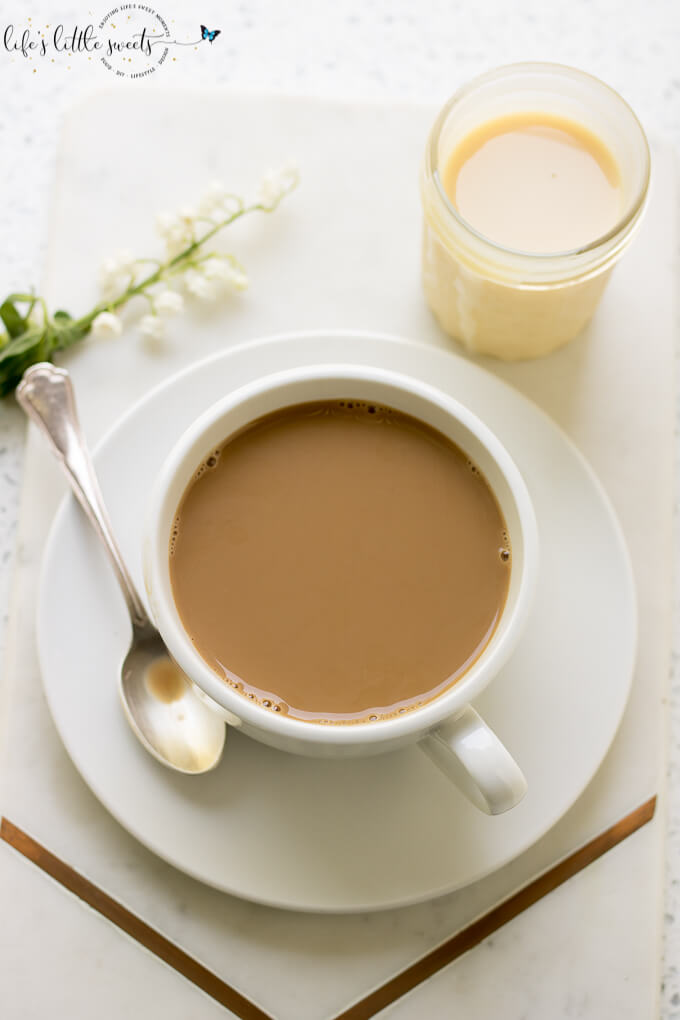



This post may contain affiliate links. Please read my disclosure policy
Estimated reading time: 13 minutes
Flowers are not just pretty to look at, but they can also add a unique flavor and visual appeal to your dishes. Edible flowers have been used in culinary applications for centuries, and they continue to be popular today. In this guide, we'll take a closer look at some of the most common edible flowers, as well as some tips on how to use them in your cooking. We also share many edible, flower-related recipes on our blog, from cakes and cookies to teas, syrups, and infused honey and sugar!
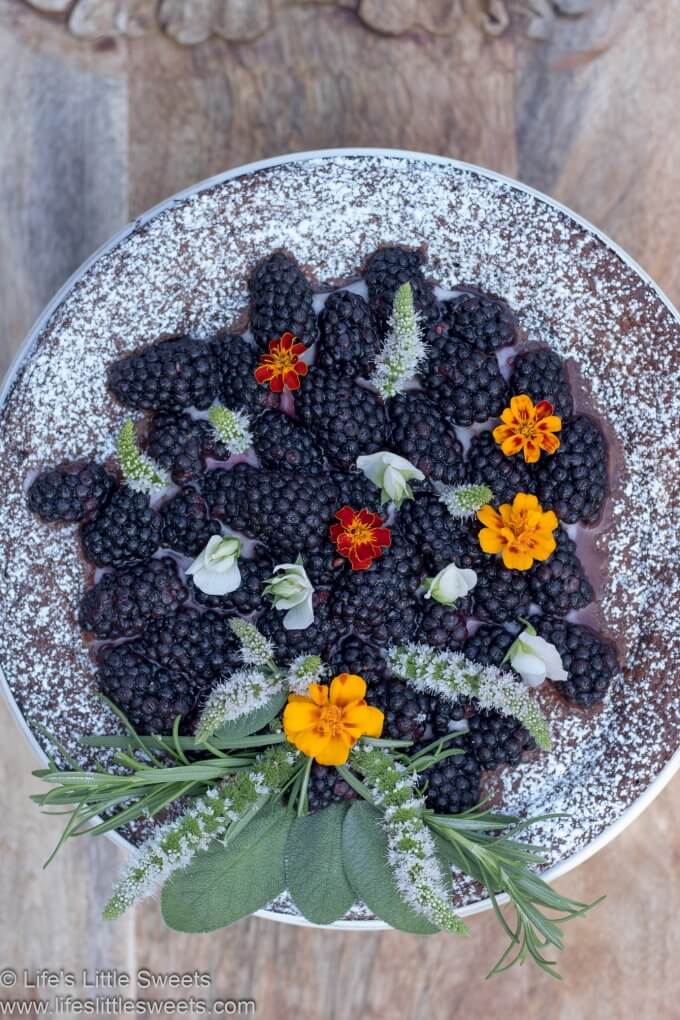
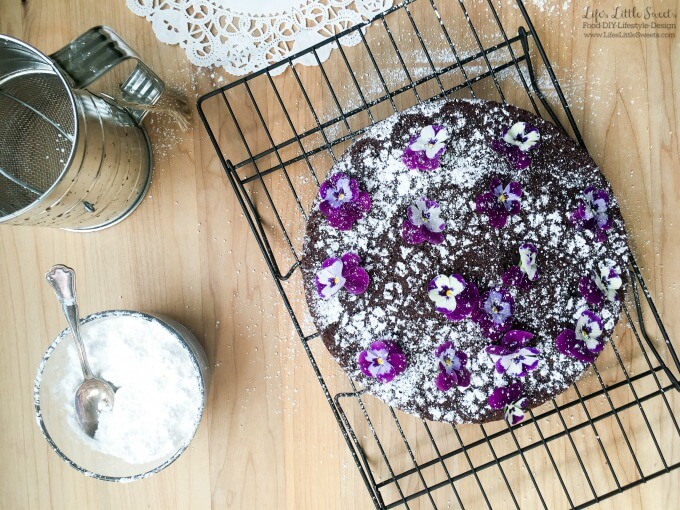

Please read the following disclosure below. While edible flowers are beautiful, fun, and trendy, it's important to gain some knowledge before forging ahead - especially if you are new to them. I've used edible flowers for years while developing recipes for this and other blogs, with every recipe, I carefully studied each type of flower, asked flower and foraging experts that I personally know in real life, read a number of books about them, and tested my recipes a number of time. Please make sure when trying something that's new to you (if that's the case) that you are careful too.
Legal Safety Disclosure: While many flowers are edible, not all are safe to eat. Some flowers can be toxic and may cause allergic reactions or other health issues. It is important to be sure that any flowers you plan to eat are safe for consumption and have not been treated with pesticides or other chemicals. If you have any doubts or concerns about the safety of a particular flower, it is best to consult with a qualified healthcare professional or a certified forager before consuming it. The information provided in this article is for educational purposes only and should not be considered medical advice.
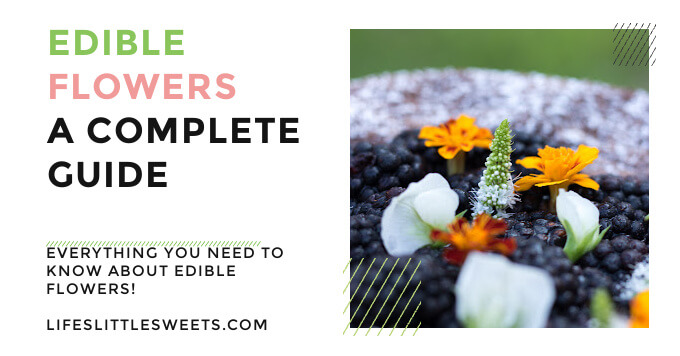
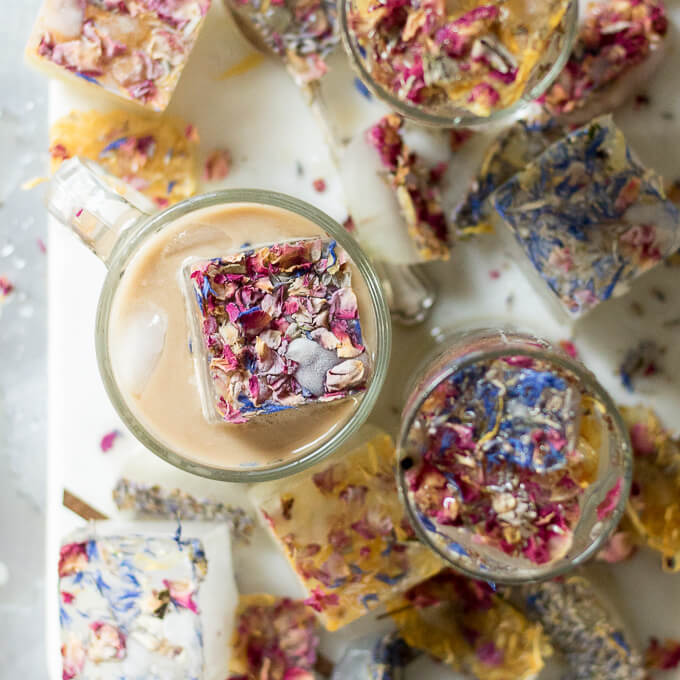

When it comes to cooking with edible flowers, you may be wondering whether to use dried or fresh flowers. The answer to this question depends on the recipe and personal preference.
Dried edible flowers are a great option for recipes that require a longer cooking time or for making teas and infusions. Dried flowers can also be stored for longer periods of time and are often more readily available than fresh flowers.
On the other hand, fresh edible flowers are ideal for recipes that require a delicate, fresh flavor and appearance. Fresh flowers can be used to add a pop of color and texture to salads, desserts, and other dishes.
When using fresh flowers, it's important to make sure they are clean and free of any insects or debris. To clean fresh flowers, gently wash them in cool water and pat them dry with a paper towel.
Whether you choose to use dried or fresh flowers, it's important to use only edible flowers that are safe for consumption. Always research the flowers you plan to use and make sure they have not been treated with pesticides or other harmful chemicals.
Both dried and fresh edible flowers can be used in cooking and baking, and the choice depends on the recipe and personal preference. Just make sure to use safe and clean flowers, and enjoy the beauty and flavor they bring to your culinary creations!


Another way to incorporate edible flowers into your cooking is by using pressed flowers. Pressed flowers are created by flattening and drying flowers, which can then be used as a decorative element in dishes, desserts, and drinks.
To press flowers, place them between two pieces of parchment paper and then between the pages of a heavy book. Leave the flowers in the book for several days until they are completely dry and flattened. You can also use a flower press if you have one.
Once your flowers are pressed and dried, they can be used to decorate cakes, cupcakes, cookies, and other desserts. They can also be used to add a decorative element to drinks, such as floating them on top of cocktails or freezing them in ice cubes.
When using pressed flowers in recipes, it's important to make sure they are clean and free of any debris. It's also a good idea to use edible flowers that are safe for consumption and have not been treated with pesticides or other harmful chemicals.
It's important to note that while pressed flowers can be used as a decorative element in food and drinks, they are not meant to be eaten. They are purely for decorative purposes and should be removed before consuming food or drink.
Pressed flowers are a beautiful and unique way to add a decorative element to your culinary creations. Just make sure to use edible flowers that are safe for consumption and enjoy the beauty they bring to your dishes and drinks!

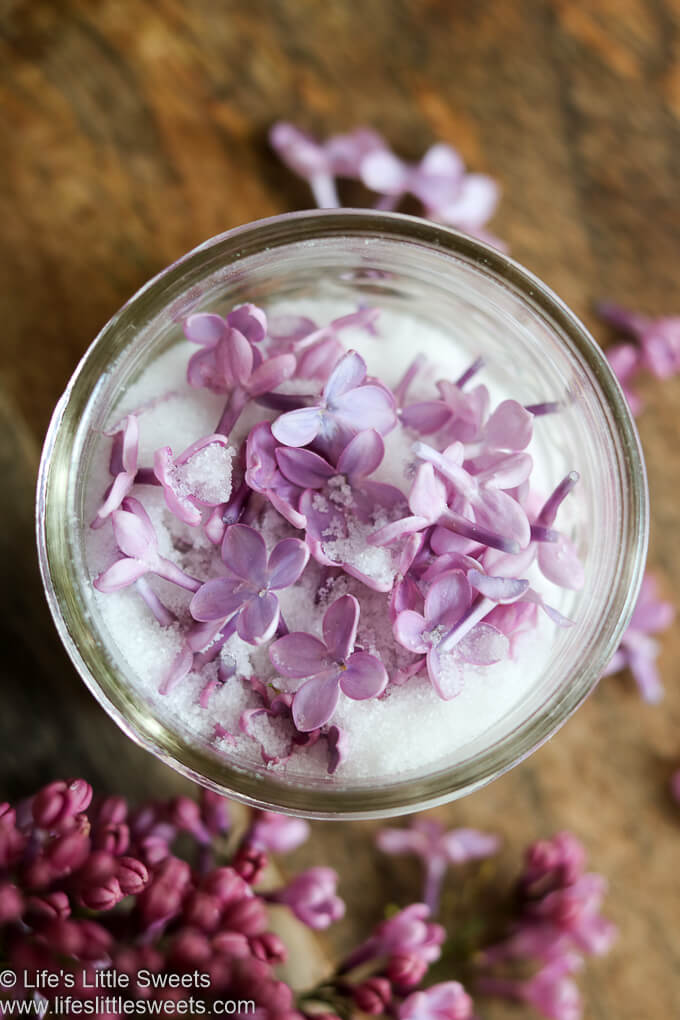
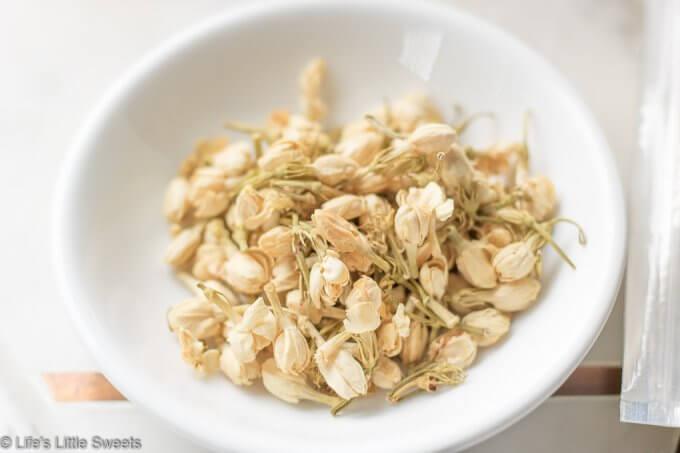
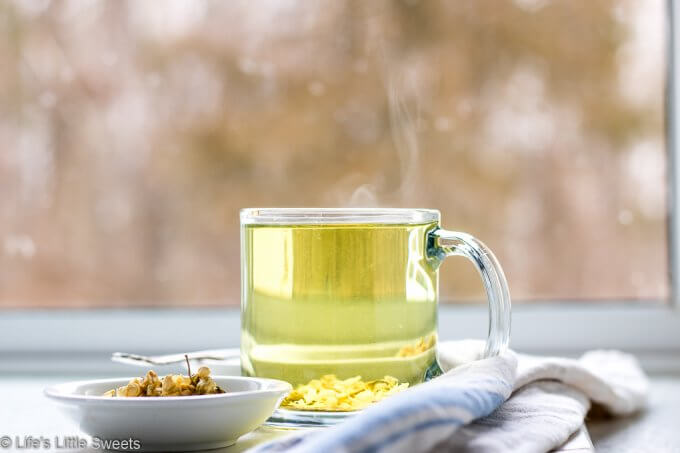
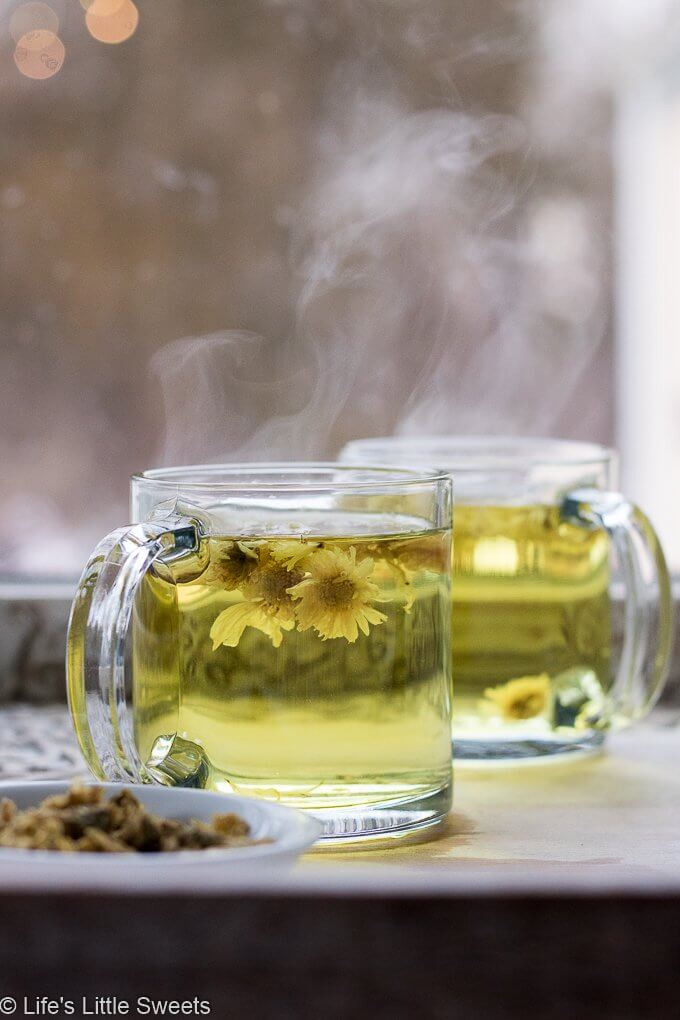
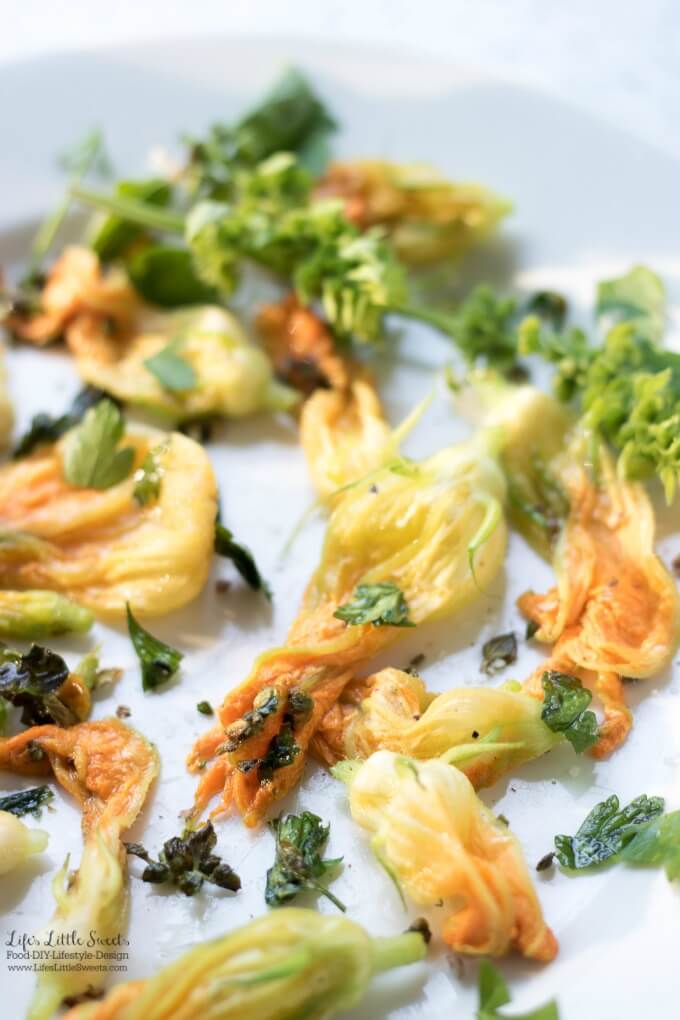
This site uses Akismet to reduce spam. Learn how your comment data is processed.
Leave a Reply
You must be logged in to post a comment.